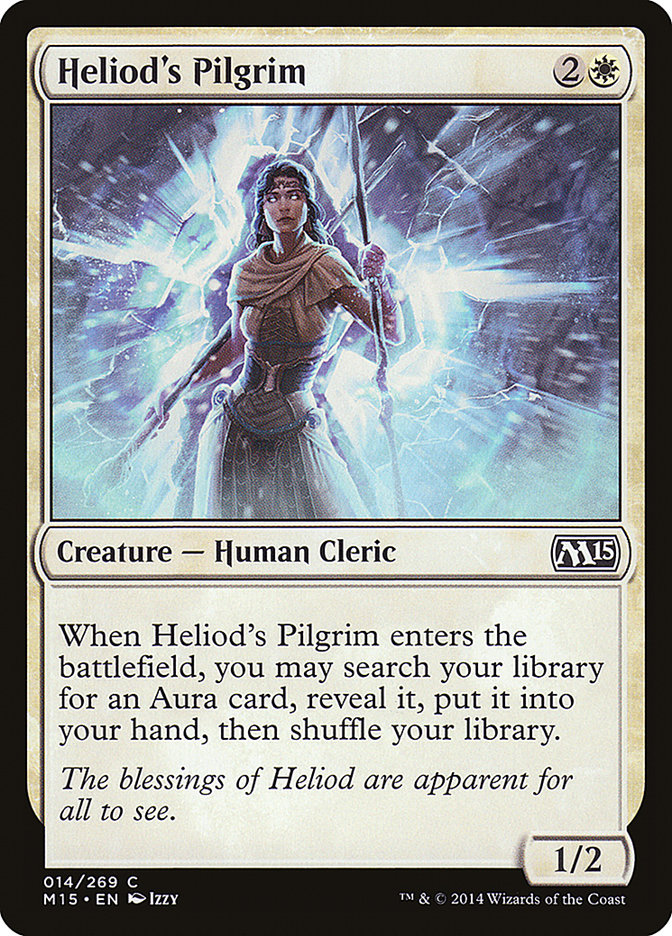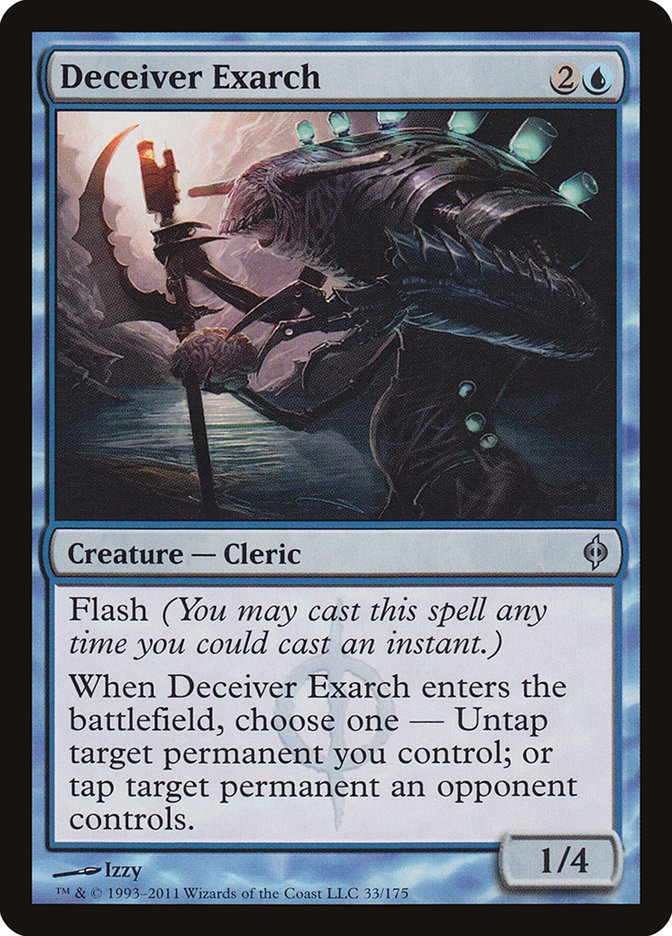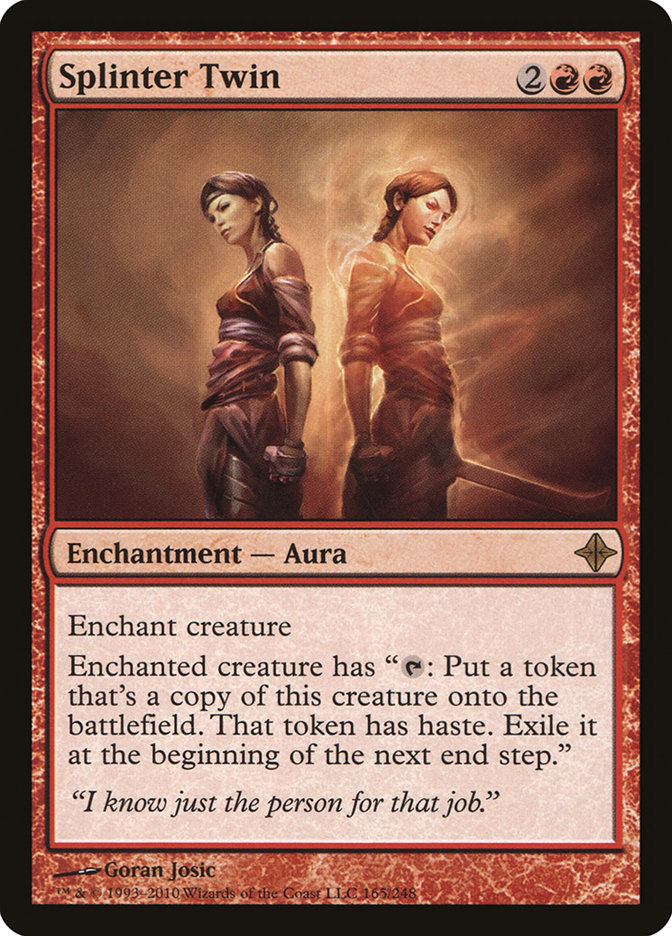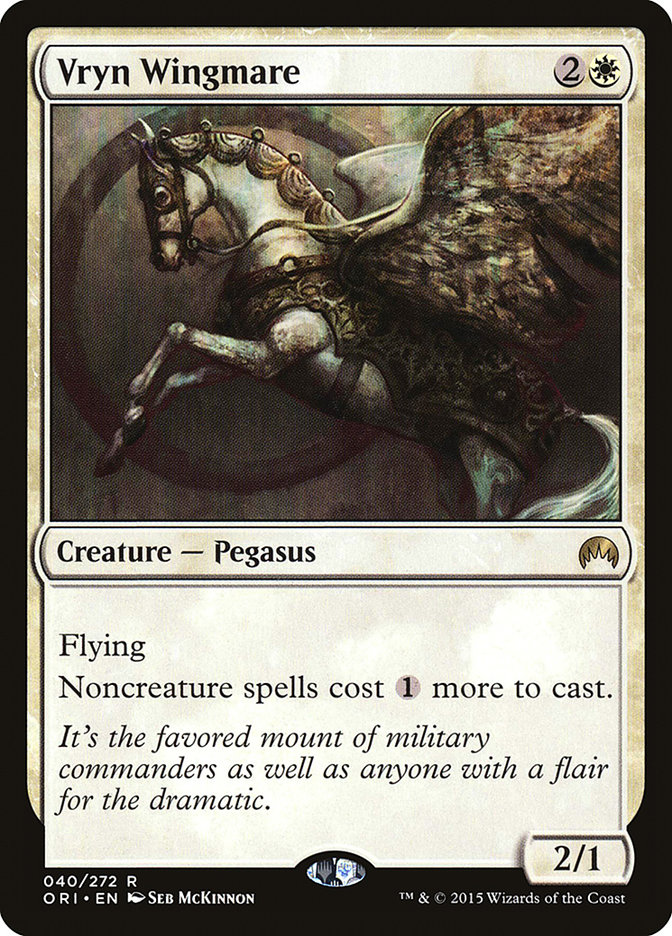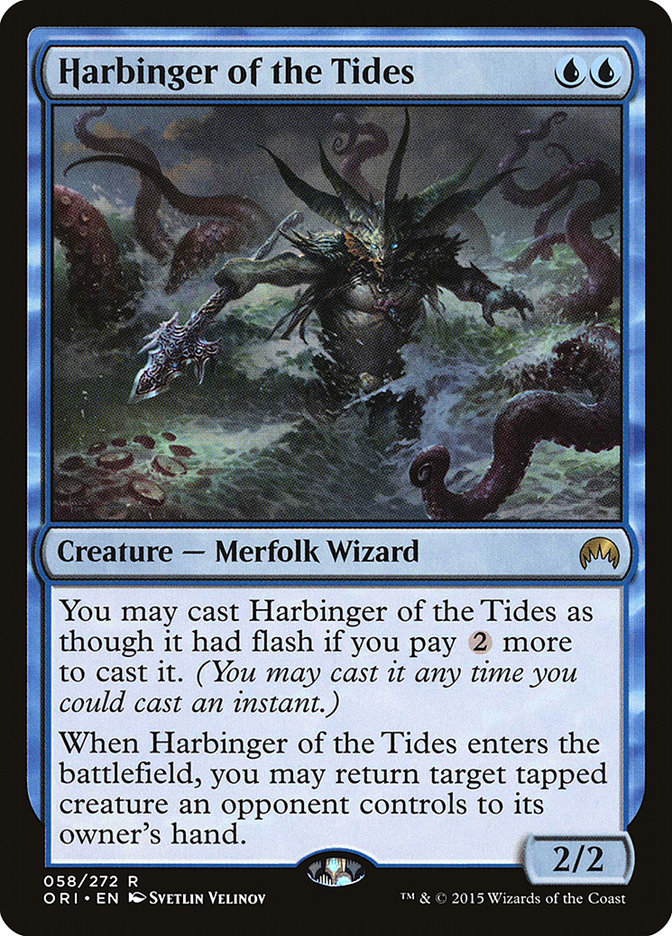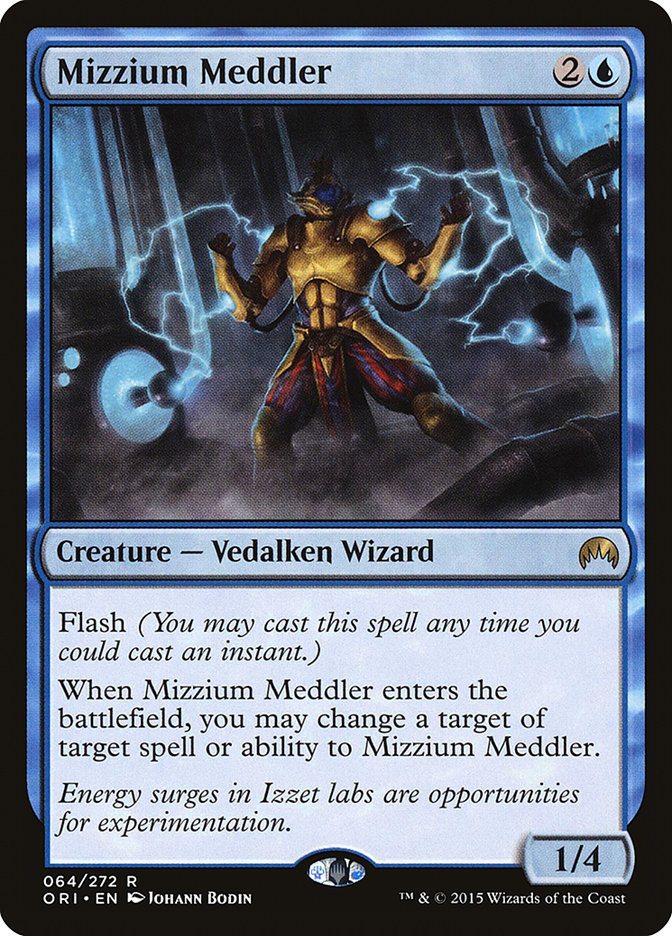It all started in Gerry Thompson stream.
I get a message from no-longer-a-small-child (but still sort of) AJ Kerrigan:
“Are you watching Gerry’s stream? His opponent just solved Modern.”
Wait, what?
I’m always easily sold on things if they’re presented to me with exaggeration, as I love a good sell, but I was still pretty cautious as I fired up Twitch and began inquiring.
Then I saw the following cards:
Love at first sight is an understatement.
I was already high on the card Collected Company. It’s the perfect kind of Magic card for everyone. It’s powerful enough where you can easily build a good deck around it across multiple formats, and it’s designed in a way that makes you feel something every single time you cast it. It’s like playing slots on a roller coaster, in your underwear, while eating cookie dough ice cream.
It’s great!
The person playing the deck against Gerry wasn’t available to spoon-feed AJ and I decklists, so we had to reverse-engineer the deck from the parts we saw and do our best filling out the shell. It’s one of those rare instances that I never really get to experience anymore because of how much information goes through the Magic world nowadays. It was really fun being able to figure out how I saw myself operating the deck, especially in contrast to AJ’s vision. He was more about maximizing what we can do with Collected Company and how many angles we can throw at our opponent. I was much more focused on brute forcing my way through and using Collected Company as my backup.
He wanted nunchucks. I wanted a claymore.
We eventually converged on a version we both liked, though we would slowly drift away from each other’s concepts on paper. It feels like more of an ode to just how versatile the card Collected Company really is, and less of a judgment against my or AJ’s way of thinking. AJ is one of the best people I know at critical thinking for the purpose of progression, regardless of result. It’s because of this that I can better figure out where I want to be while keeping things as best as they can possibly be.
Creatures (28)
- 4 Birds of Paradise
- 1 Kiki-Jiki, Mirror Breaker
- 1 Eternal Witness
- 1 Wall of Roots
- 3 Pestermite
- 2 Kitchen Finks
- 4 Noble Hierarch
- 1 Spellskite
- 4 Deceiver Exarch
- 1 Scavenging Ooze
- 2 Restoration Angel
- 2 Voice of Resurgence
- 2 Heliod's Pilgrim
Lands (22)
Spells (10)

Creatures (27)
- 4 Birds of Paradise
- 2 Kiki-Jiki, Mirror Breaker
- 2 Eternal Witness
- 2 Pestermite
- 3 Kitchen Finks
- 3 Noble Hierarch
- 2 Qasali Pridemage
- 1 Spellskite
- 3 Deceiver Exarch
- 1 Scavenging Ooze
- 1 Restoration Angel
- 2 Voice of Resurgence
- 1 Heliod's Pilgrim
Lands (22)
Spells (11)

One of the bigger comparisons to a deck like this is Kiki-Pod, the lesser played Birthing Pod deck that was much more focused on killing the opponent with infinite creatures as quickly as possible. Obviously Collected Company and Chord of Calling aren’t even close to the power level of Birthing Pod, but that doesn’t really stop just how powerful the rest of the shell really is.
What needs adjusting here is how you get to the end goal. What was once a linear path involving untap chains is now severed, so finding another way involves being a little creative.
Allowing your Collected Company to translate into a kill on the spot over the course of a half a turn via Heliod’s Pilgrim is reason enough for me. This angle also requires little deck space depending on just how much you’re willing to invest in the combo. What makes Heliod’s Pilgrim even more applicable is the amount of sideboard space that it opens up via auras.
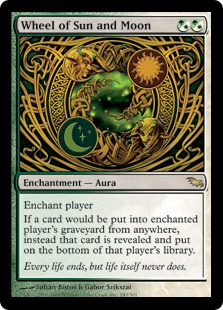
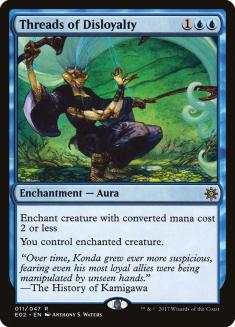
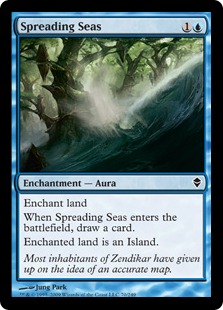
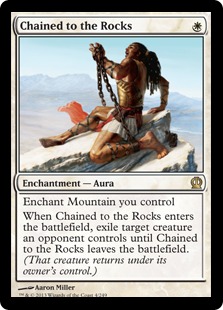
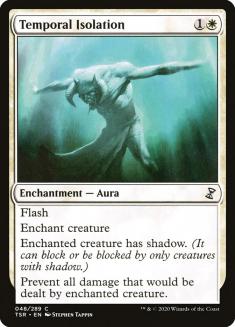
A mini-toolbox of things that should cover a solid portion of the problems you’ll face. Temporal Isolation, Threads of Disloyalty, and Chained to the Rocks all serve as cross-applicable removal spells against specific cards while Wheel of Sun and Moon and Spreading Seas are miscellaneous pieces of disruption that compliment our primary lead cards in their assigned roles. For example. Scavenging Ooze will fill the graveyard shift, but Wheel of Sun and Moon will bat cleanup. Magus of the Moon won’t be the end-all, be-all against decks like G/R Tron, but Spreading Seas will help keep that pace going even after Magus has been dealt with. Temporal Isolation and Chained to the Rocks won’t always be straight-up better than Path to Exile (though the land they grab is a huge, huge drawback that players often underestimate), but having a way to grab one at instant speed off of Collected Company in Temporal Isolation, or one that is difficult for blue midrange/control decks to interact with in Chained to the Rocks, is sure worth doing.
One of the more important decisions I had to face when building this deck was how much space we could dedicate to creatures, and on top of that, which creatures we wanted to play for Chord of Calling that Collected Company could never grab. It isn’t very difficult in normal Kiki-Chord, but when you add Splinter Twin to the mix, you’re dealing with a very delicate numbers balance: keeping the Collected Company hits to acceptable numbers, keeping your Collected Company hits relevant and weaved into the rest of your sub-gameplans, and figuring out which (if any) other auras you want to run in your 75.
Another glaring problem with this deck, made even worse by the presentation of the Splinter Twin shell, is Abrupt Decay.
This is probably the single best card against us right now. It hits almost every single thing we really want to invest resources into during the course of a game, and there isn’t much we can do about it with this configuration. Spellskite helps, but when the Tarmogoyf deck is pressing you with its flagship creature against your deck full of creatures that are worse than Goyf it’s going to be rough. You would have probably guessed by now that decks like Jund and Abzan are not great matchups because of this, but again, we aren’t really configured to beat them. I don’t think that the G/B style of decks are worth focusing your deckbuilding against at this time, as the Grixis decks are much more prevalent and easier to plan against without losing out on other matchups like Affinity and Burn. If we’re insisting on fighting the Goyf decks then playing our own copies is an ideal start, along with more ways (besides Exalted) of making yours better than theirs. Becoming more sturdy and powerful up-front while making your combo more of a “back pocket” thing would be the way to go.
This sort of deckbuilding adjustments can be pretty easily made with any matchup in mind. Shoving in more Kitchen Finks, Scavenging Oozes, and possibly Spellskites will help your Burn matchup. Melira, Sylvok Outcast is the Stone Cold Stunner against Infect. Kataki, War’s Wage softens up Affinity if they haven’t gotten the chance to already establish an overwhelming board state against you. Additional copies of Voice of Resurgence and Fulminator Mage can strangle the three-color blue decks while stacking up on the combo kill is probably your best bet against the decks that try to aggro you out. The deck has a ton of room for innovation, so my best recommendation is to get a good idea of what you want to beat and how you want to beat it and build accordingly.
Incorporating Origins
There aren’t very many cards I think will have a huge overall impact on Modern, but there could be a few additions to this particular deck, each potentially adding to the context-reliant style of gameplay it promotes.
Thalia, Guardian of Thraben effects are a bit awkward with Collected Company. You’d be glad to have it even if it means making your Collected Company worse, but if you’re in the market for Collected Company and this effect keeps you from getting what you can out of it, it’ll set you back big-time. With that said, I think that Vryn Wingmare could have a shot alongside Thalia if that effect becomes important. I would never want to play two Thalias, but I would easily play one Thalia and one Vryn Wingmare.
I talked about this card last week, saying that it’s the best card in Magic Origins for Modern. It’s a bit tougher to put this in a Collected Company shell since double blue is not really something our mana can easily support it its current iteration. If you can get the mana to work, however, then you have yourself a very powerful tool against Splinter Twin and Tarmogoyf decks
Now, before we get all hyped up about how this is a worse Spellskite, let’s look at what we can and can’t do with both of these:
- Mizzium Meddler can deal damage, Spellskite can’t.
- Mizzium Meddler doesn’t get hit by artifact hate, Spellskite does.
- It’s easier to hide this sort of effect with Meddler because it doesn’t need to be on the battlefield until you’re ready to use the effect. Spellskite is much more obvious.
- Both can be grabbed with Collected Company, though Mizzium Meddler is often worse to hit when you don’t need it.
- Spellskite can redirect cards that have two targets, like Kolaghan’s Command. Mizzium Meddler can’t.
- Spellskite can stunt Arcbound Ravager. Mizzium Meddler can’t.
While these are all important points to keep in mind during deckbuilding, I don’t think the need for Mizzium Meddler is quite there. The demand for this effect needs to go way up for me to include this, but that prerequisite is not that far off at all.
There are so many directions you can take with this type of deck, it’s a real challenge for deckbuilders and players alike – and I’m really interested in where this archetype is heading. What direction would you take with the deck? Where do you see room for innovation?


